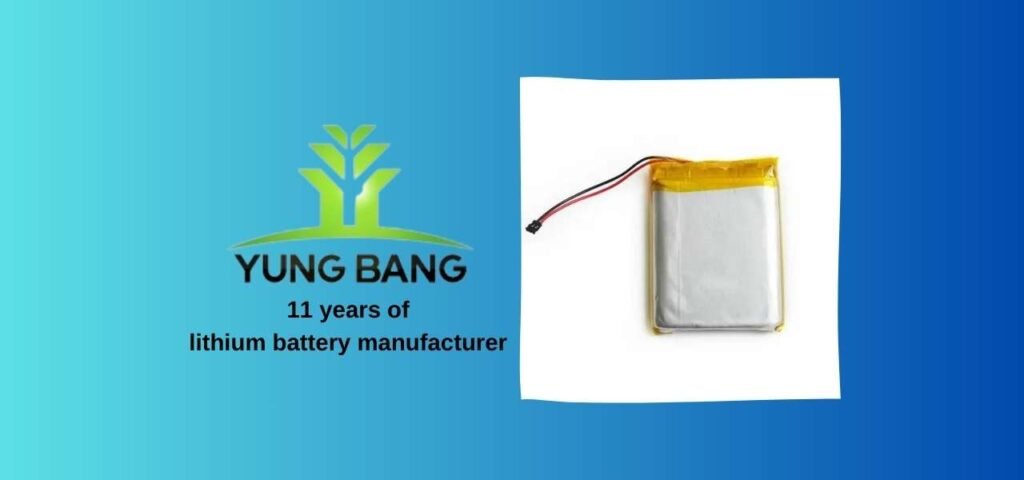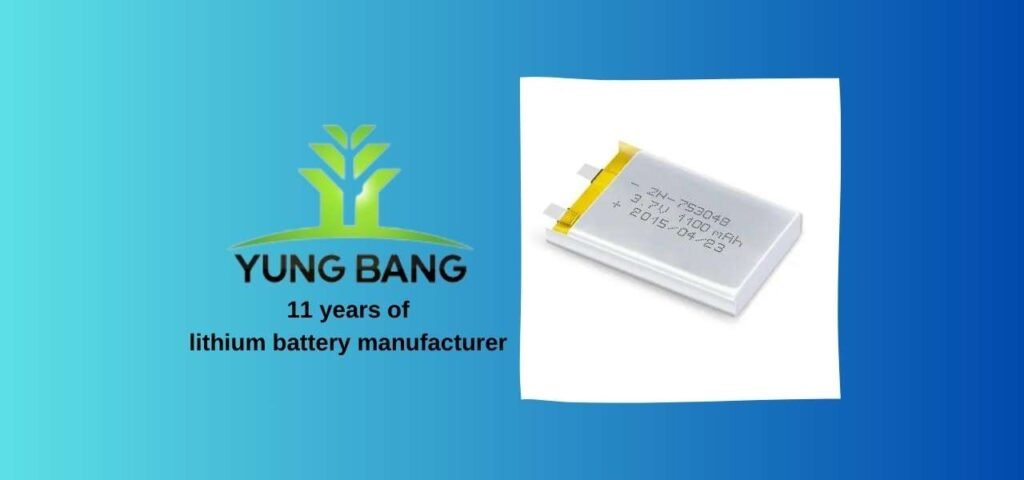In today’s ever-evolving technological landscape, the demand for reliable and efficient power sources is on the rise. Among the array of options available, 3.7V rechargeable batteries stand out as a versatile and practical solution for powering a wide range of electronic devices. In this guide, we’ll explore everything you need to know about 3.7V rechargeable batteries, from their basic functionality to advanced charging techniques and safety considerations.
1.Understanding 3.7V Rechargeable Batteries
Exploring the Basics
At its core, a 3.7V rechargeable battery is a type of lithium-ion or lithium-polymer battery that operates at a nominal voltage of 3.7 volts. These batteries are designed to be rechargeable, allowing users to reuse them multiple times, making them an environmentally friendly choice.
How They Work
The operation of a 3.7V rechargeable battery relies on the electrochemical reactions that occur between its electrodes and the lithium ions within. During discharge, lithium ions move from the negative electrode (anode) to the positive electrode (cathode), generating electrical energy that powers the connected device. When the battery is recharged, this process is reversed, allowing the lithium ions to return to the anode for future use.

2.Advantages of 3.7V Rechargeable Batteries
High Energy Density
One of the key advantages of 3.7V rechargeable batteries is their high energy density, which allows them to store a significant amount of energy in a compact form factor. This makes them ideal for use in portable electronic devices where space is limited.
Reusability
Unlike single-use disposable batteries, 3.7V rechargeable batteries can be recharged and reused multiple times, reducing waste and saving money in the long run. This makes them a more sustainable choice for powering electronic devices.
3.Applications of 3.7V Rechargeable Batteries
Consumer Electronics
From smartphones and tablets to digital cameras and handheld gaming consoles, 3.7V rechargeable batteries are widely used in a variety of consumer electronic devices. Their high energy density and rechargeable nature make them an ideal power source for these applications.
Medical Devices
In the medical field, 3.7V rechargeable batteries are often used to power portable medical devices such as infusion pumps, glucose monitors, and portable defibrillators. Their reliability and long cycle life make them well-suited for critical healthcare applications.
4.Charging and Maintenance Tips
Proper Charging Techniques
When charging a 3.7V rechargeable battery, it’s important to use a charger specifically designed for lithium-ion or lithium-polymer batteries. Avoid overcharging or undercharging the battery, as this can affect its performance and lifespan.
Storage Considerations
When not in use, store 3.7V rechargeable batteries in a cool, dry place away from direct sunlight. Avoid exposing them to extreme temperatures, as this can affect their performance and longevity. Additionally, be sure to keep them away from metal objects that could cause a short circuit.
5.Safety Considerations
Avoiding Overheating
Overheating can be a common issue with 3.7V rechargeable batteries, especially during charging. To prevent overheating, avoid charging the battery in hot environments and never leave it unattended while charging.
Proper Disposal
When it’s time to dispose of a 3.7V rechargeable battery, be sure to do so properly according to local regulations. Many electronics retailers and recycling centers offer battery recycling programs where you can safely dispose of old batteries.

6.Conclusion
In conclusion, 3.7V rechargeable batteries offer a reliable and efficient power solution for a wide range of electronic devices. Their high energy density, reusability, and versatility make them an ideal choice for consumers and professionals alike. By following proper charging and maintenance practices, you can ensure that your batteries perform optimally and last for many charging cycles to come.
7.FAQs (Frequently Asked Questions)
- Are 3.7V rechargeable batteries compatible with all electronic devices?
- How long do 3.7V rechargeable batteries typically last?
- Can I use a standard battery charger to charge a 3.7V rechargeable battery?
- What should I do if my 3.7V rechargeable battery stops holding a charge?
- Are there any safety concerns associated with 3.7V rechargeable batteries?
By adhering to these guidelines and best practices, you can maximize the performance and lifespan of your 3.7V rechargeable batteries and enjoy reliable power for your electronic devices for years to come.

